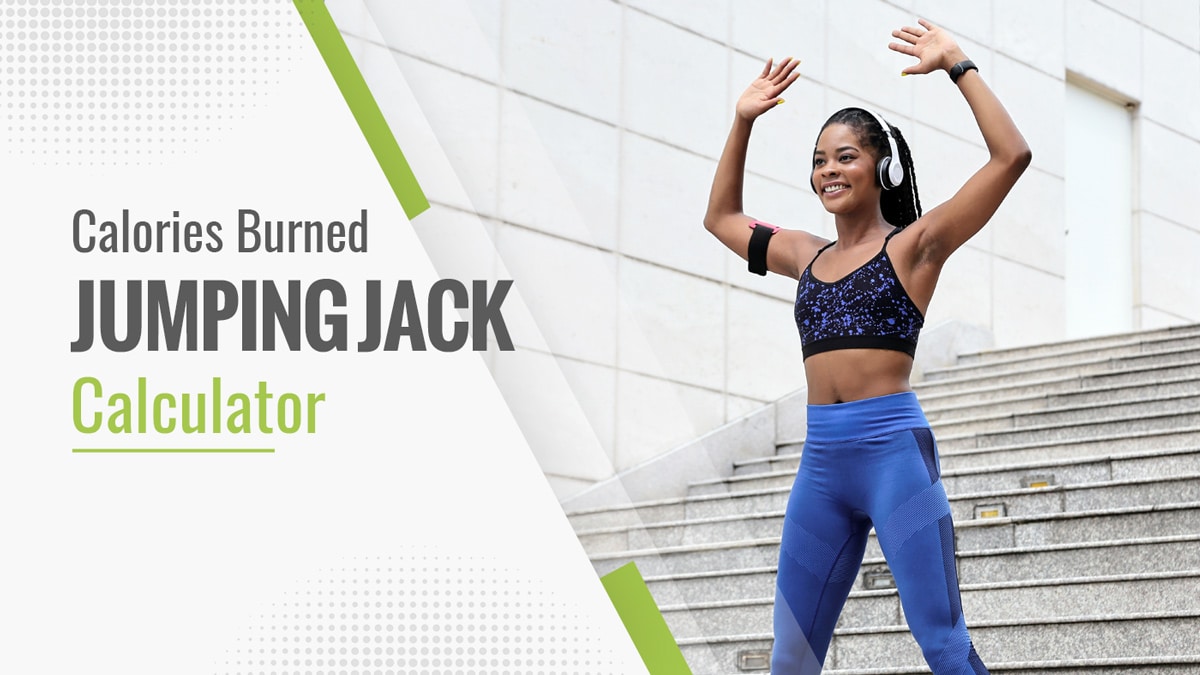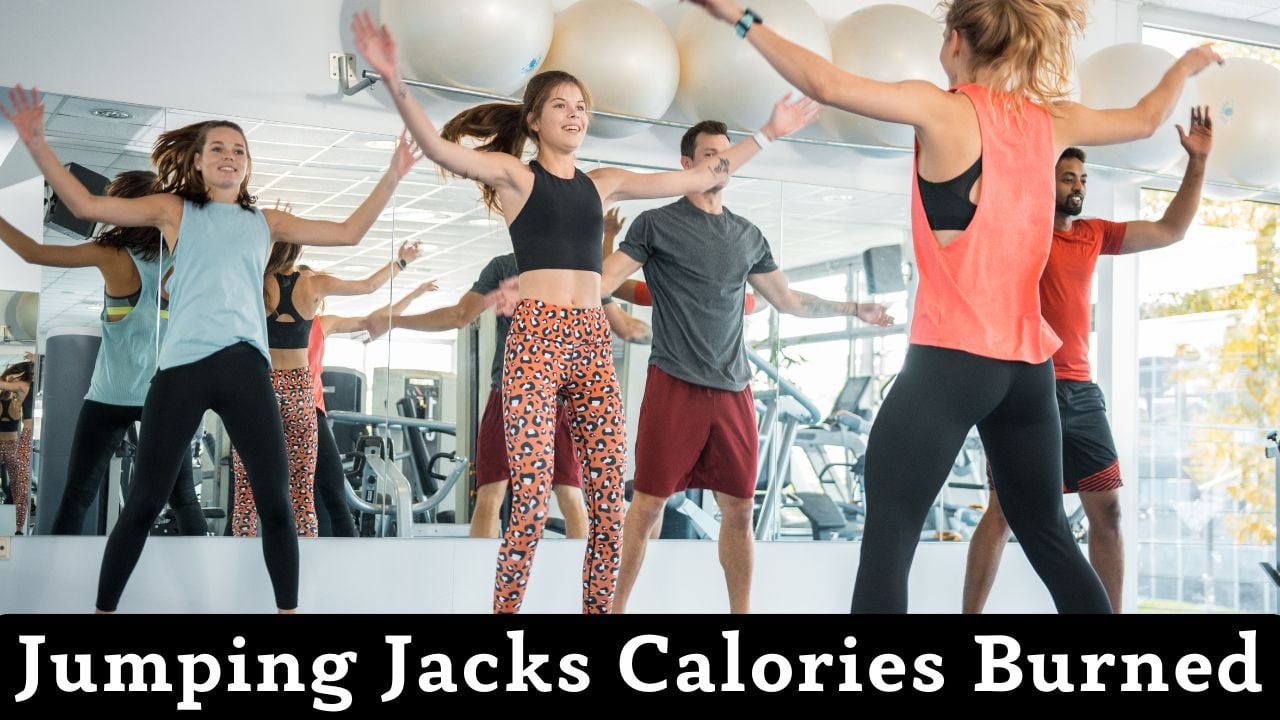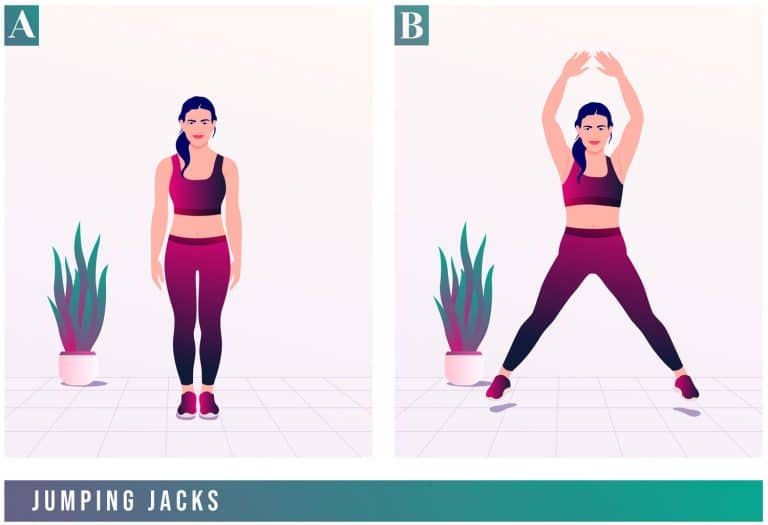How Many Calories Does 10 Jumping Jacks Burn

In a world obsessed with fitness metrics and calorie counting, a fundamental question often arises: how much do simple exercises actually contribute to our energy expenditure? While complex workouts and high-tech fitness gadgets dominate the headlines, the humble jumping jack, a staple of school gymnasiums and home workout routines, frequently gets overlooked. But how many calories does this ubiquitous exercise actually burn? The answer, it turns out, is more nuanced than one might think, depending on a complex interplay of individual factors.
Understanding the caloric expenditure of jumping jacks, or any exercise for that matter, requires delving into the variables at play. Body weight, exercise intensity, metabolic rate, and even environmental conditions all influence the final tally. This article aims to unravel these complexities, presenting a comprehensive look at the science behind calorie burn during jumping jacks, drawing upon credible sources and expert opinions to provide a realistic and informative perspective. We’ll explore the estimated caloric expenditure for different individuals, the limitations of generalized estimates, and how jumping jacks fit into a broader fitness strategy.
The Science Behind Calorie Expenditure
Calorie expenditure during exercise is primarily governed by the principle of thermodynamics. Our bodies convert energy from food into fuel for physical activity, and the rate at which we use this fuel determines the number of calories burned. This rate, often measured as Metabolic Equivalent of Task (MET), provides a standardized way to compare the energy cost of different activities.
The MET value for jumping jacks typically ranges from 5.0 to 8.0, depending on the intensity. A MET of 5.0 indicates that the activity requires five times more energy than resting metabolism. This value is then used in formulas to estimate calorie expenditure, taking into account body weight and duration of the activity.
Estimating Calorie Burn: The Formulas
The most commonly used formula to estimate calorie burn incorporates MET value, body weight (in kilograms), and time (in hours). The basic equation is: Calories burned = MET x weight (kg) x time (hours). For example, a 70 kg individual performing jumping jacks at a MET of 6.0 for 10 minutes (0.17 hours) would burn approximately 7.14 calories per minute, or about 71.4 calories total.
However, it's important to acknowledge the limitations of these formulas. They provide an estimated average and do not account for individual metabolic differences. Factors like age, sex, body composition, and fitness level can significantly influence the actual calorie burn.
Factors Influencing Calorie Burn
Body weight is arguably the most significant factor influencing calorie expenditure during jumping jacks. Heavier individuals naturally burn more calories because their bodies require more energy to move. A person weighing 90 kg will burn significantly more calories doing the same number of jumping jacks than a person weighing 50 kg.
Intensity plays a crucial role. Performing jumping jacks at a fast pace with greater exertion will elevate the MET value and subsequently increase calorie burn. Conversely, a slow, leisurely pace will result in a lower calorie expenditure.
Individual metabolic rate also contributes to variance. People with higher resting metabolic rates burn more calories at rest and during exercise. Genetics, muscle mass, and hormonal factors all influence an individual's metabolic rate.
The Impact of Fitness Level
Fitness level affects calorie burn through multiple mechanisms. A more fit individual might perform jumping jacks more efficiently, leading to a slightly lower calorie burn compared to someone less fit doing the same exercise. However, fitter individuals are also often able to sustain higher intensity levels for longer periods, ultimately burning more calories over the duration of a workout.
Moreover, exercise in general elevates Excess Post-exercise Oxygen Consumption (EPOC), also known as the "afterburn effect." This refers to the increased oxygen consumption and calorie expenditure that persists after exercise ceases. Regular exercise, including activities like jumping jacks, can enhance EPOC and contribute to overall weight management.
Jumping Jacks: A Realistic Calorie Estimate
Given the multitude of influencing factors, providing a single, definitive answer to the question of how many calories 10 jumping jacks burn is challenging. However, we can offer a reasonable estimate based on available data. For a person weighing around 150 pounds (approximately 68 kg), 10 jumping jacks might burn approximately 1-2 calories.
This estimate is based on an average MET value and a typical pace. This is based on a study from Harvard Health Publishing stating a 125-pound person burns 120 calories during 30 minutes of jumping jacks. The estimate is just that, an estimate. The range can vary widely depending on the individual's characteristics and how vigorously they perform the exercise.
Remember, these are just estimates. It is important to consult a healthcare professional or certified fitness trainer for personalized advice and more accurate assessments of calorie expenditure.
Beyond Calorie Counting: The Holistic Benefits of Jumping Jacks
While quantifying calorie burn is a common focus, it's crucial to appreciate the broader health benefits of jumping jacks. These benefits extend beyond weight management and contribute to overall well-being. They serve as an excellent form of cardiovascular exercise, improving heart health and circulation.
Jumping jacks are also a great way to improve muscle strength. This simple exercise engages multiple muscle groups, including the legs, arms, and core. The coordination and agility required for jumping jacks contribute to improved balance and motor skills.
Finally, jumping jacks offer psychological benefits. As a form of physical activity, they release endorphins, which have mood-boosting and stress-reducing effects. They can be easily incorporated into various workout routines and require no specialized equipment, making them accessible to virtually everyone.
Conclusion: Jumping Jacks as Part of a Balanced Approach
In conclusion, while determining the exact number of calories burned by 10 jumping jacks is difficult due to individual variations, they remain a valuable exercise with multifaceted health benefits. Focusing solely on calorie burn can be misleading; instead, consider jumping jacks as part of a holistic approach to fitness and well-being.
Incorporate jumping jacks into a well-rounded exercise routine that includes strength training, flexibility exercises, and a balanced diet. Consistency is key to achieving long-term health and fitness goals. By understanding the factors influencing calorie expenditure and appreciating the broader benefits of exercise, individuals can make informed choices and achieve optimal results.
As fitness technology evolves, more precise methods for measuring energy expenditure may emerge. However, the fundamental principles of thermodynamics and individual metabolic variations will continue to shape our understanding of how our bodies respond to physical activity. The jumping jack, in its simplicity and accessibility, will undoubtedly remain a relevant and beneficial exercise for generations to come.


















